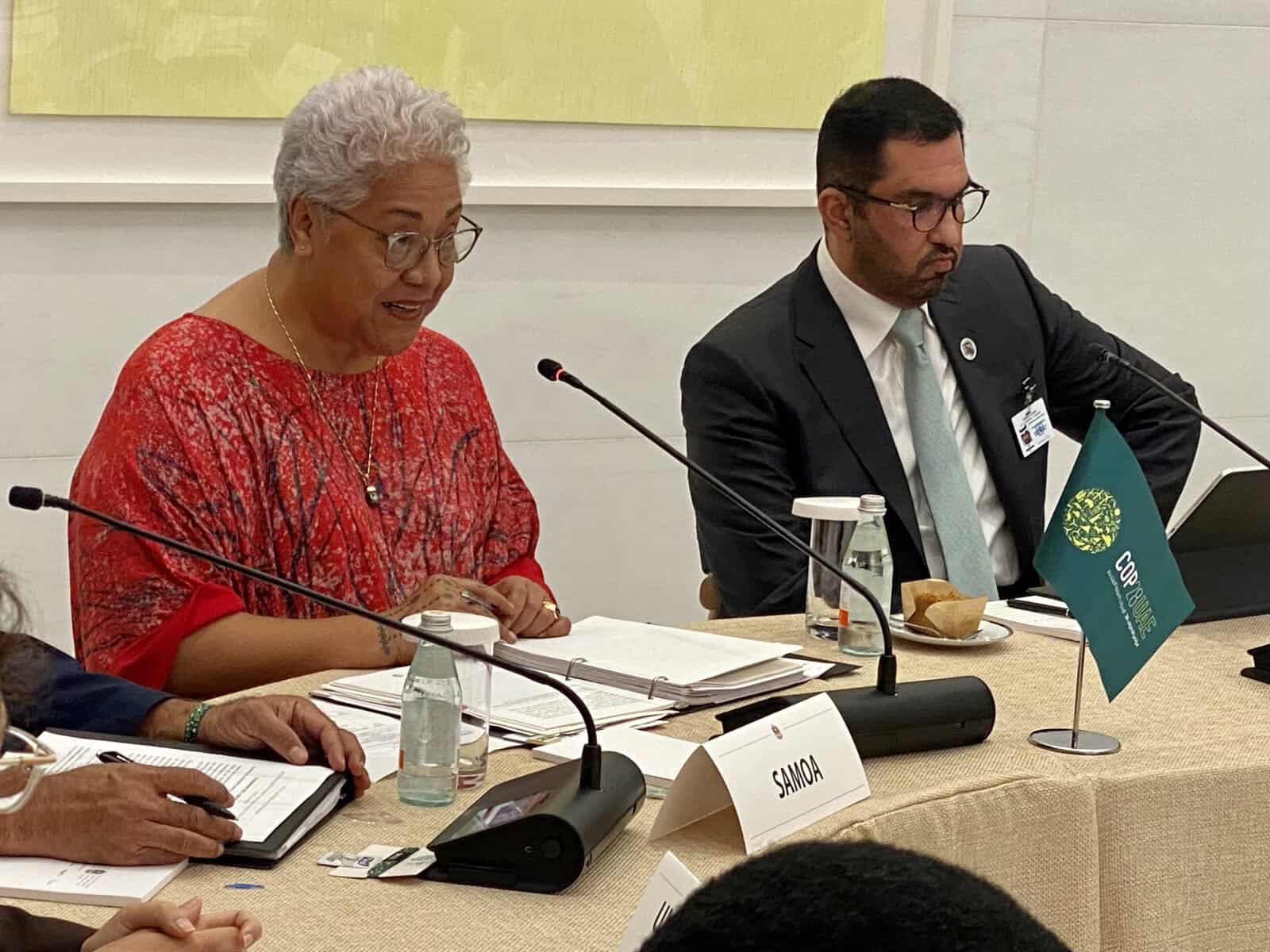The United Nations climate talks (COP28) concluded in Dubai delivered a mixed bag of outcomes for the Pacific.
An early highlight during these annual talks was the agreement to operationalise a loss and damage facility. Its political outcome reflected a general commitment to move away from fossil fuels. This was new and significant but fell well short of being bold given the lack of specifics on how the world will get there.
After years of active diplomacy led largely by the small states of the Pacific, the role of oceans in climate change . . .
Please Subscribe to view full content...
